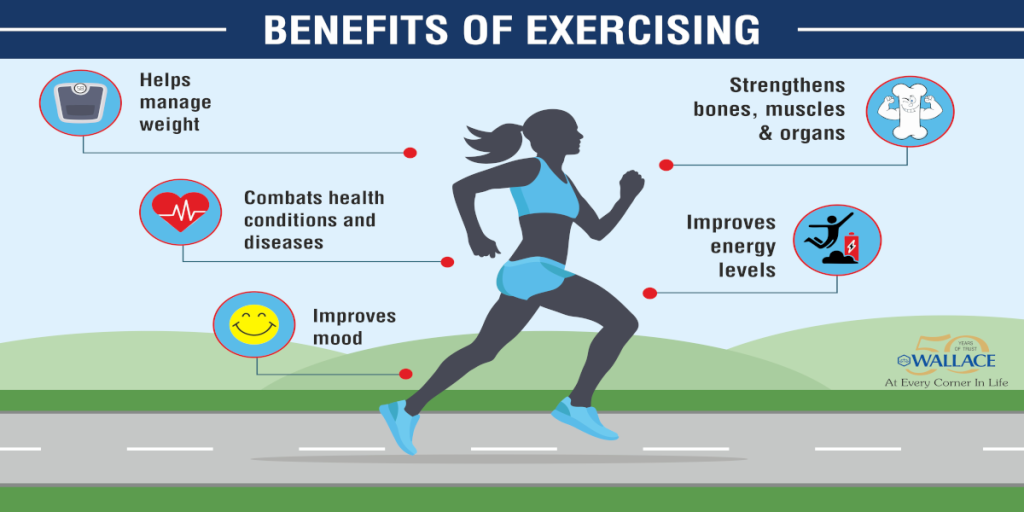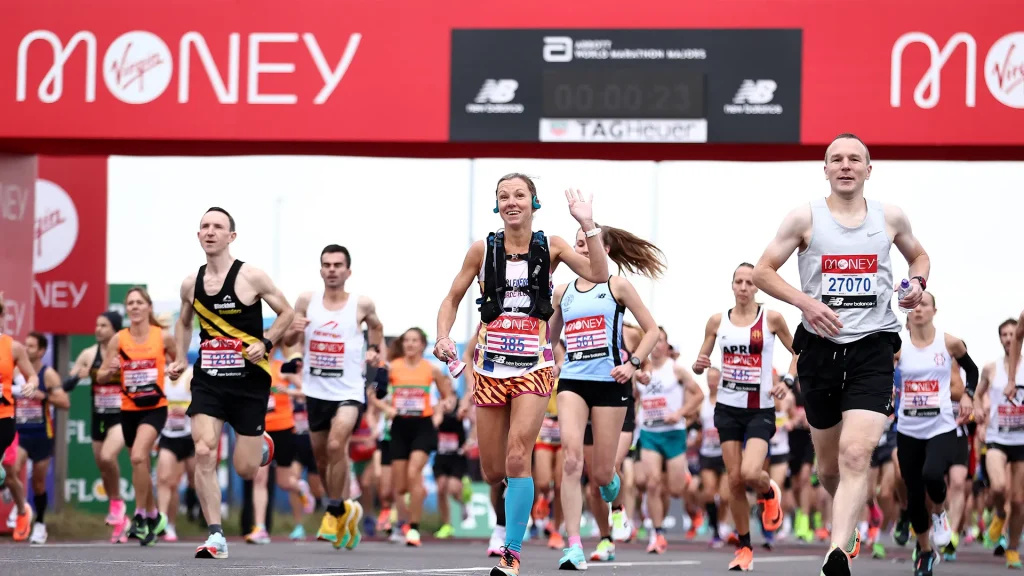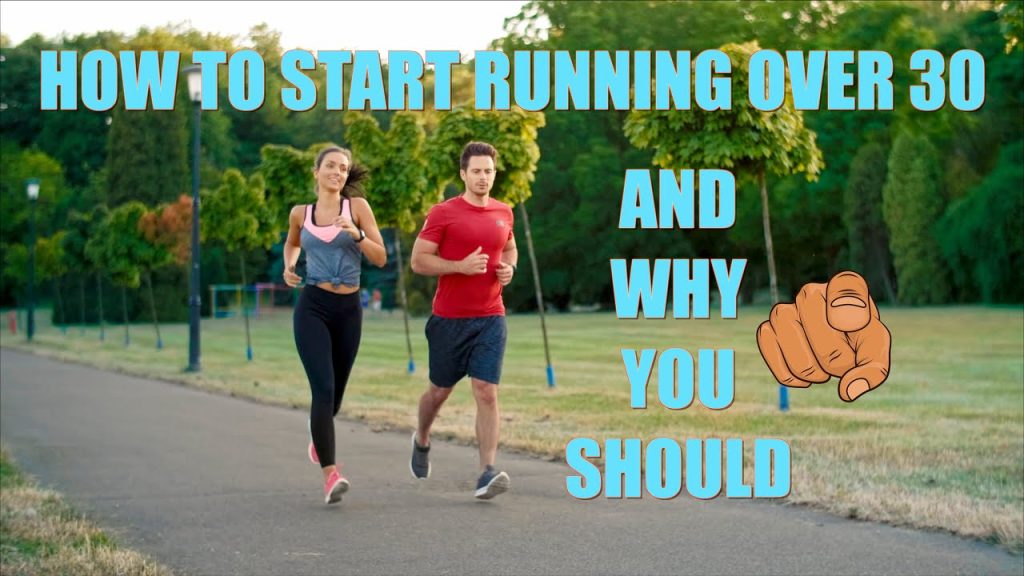Running Post is one of the simplest and most effective ways to improve your health. You don’t need an expensive gym membership or fancy equipment—just a good pair of shoes and the motivation to get moving. Whether you want to lose weight, build stamina, or simply feel better in your daily life, running can help you achieve your goals.
The best part? Anyone can start running. You don’t need to be fast or athletic. You don’t need to run long distances. You just need to take the first step—literally! Many people are surprised at how quickly their body and mind start to feel the benefits. Within just a few weeks of consistent effort, you’ll likely notice better sleep, reduced stress, and more energy throughout the day.
If running feels intimidating, don’t worry. This guide is made just for beginners like you. We’ll cover everything from why running is good for you to how to start safely and stay motivated. You’ll also learn what to wear, what to eat, and how to avoid common mistakes. It’s all written in simple, friendly language that’s easy to understand and follow.

Why You Should Start Running
Running is one of the best things you can do for your body and mind. It doesn’t matter if you’ve never exercised before—running is a natural movement that anyone can do. Let’s look at a few great reasons why you should give it a try:
It’s Great for Your Health
Running helps your heart stay strong and healthy. It improves blood flow, lowers blood pressure, and reduces the risk of many health problems like heart disease, diabetes, and even some types of cancer. Just a few minutes of running each day can make a big difference!
It Reduces Stress and Boosts Mood
Feeling stressed or anxious? Go for a run. Running releases “feel-good” chemicals in your brain called endorphins. These can boost your mood, reduce stress, and even help fight symptoms of depression. Many runners call it the “runner’s high”—and once you feel it, you’ll understand why.
It Gives You More Energy
It might sound strange, but running actually gives you energy instead of taking it away. When you make running a part of your routine, you’ll start to feel more awake, alert, and ready to take on your day.
It’s Cheap and Easy to Start
No fancy gear or expensive equipment needed. All you need are comfortable running shoes and a safe place to move—like a park, sidewalk, or even your backyard.
What You Need to Start Running Post
One of the best things about running is how easy and low-cost it is to begin. You don’t need to spend a lot of money or buy fancy gear. Just a few basic items will help you stay comfortable, safe, and motivated. Here’s what you’ll need to get started:
A Good Pair of Running Shoes
This is the most important item for any runner. The right shoes provide support, reduce the risk of injury, and make your run more comfortable. If you can, visit a sports store to get fitted for a pair that suits your foot shape and running style. Avoid old or worn-out shoes, as they can cause pain or discomfort.
Comfortable Clothing
Wear lightweight, breathable clothes made from moisture-wicking fabric. These materials help keep sweat away from your skin and prevent chafing. Choose clothing that fits well and allows you to move freely. Women may also want to invest in a supportive sports bra for added comfort.
Water or a Hydration Option
It’s important to stay hydrated, especially if you’re running for more than 20 to 30 minutes. Carry a water bottle or use a hydration belt to make sure you have water when you need it. Drinking water before and after your run also helps keep your body in good condition.
How to Start Running (Step-by-Step)
Starting something new can feel overwhelming, but running doesn’t have to be hard. The key is to take it slow, listen to your body, and build your fitness step by step. Here’s how to begin:
Start with Walking
If you’re new to exercise, begin by walking for 15 to 30 minutes a few times a week. This helps build your base fitness and gets your body used to moving regularly.
Try the Run-Walk Method
Once you’re comfortable walking, start mixing in short running intervals. For example, run for 30 seconds, then walk for 1 to 2 minutes. Repeat this cycle for 20 to 30 minutes. Over time, you can increase your running time and reduce your walking breaks.
Don’t Worry About Speed
It doesn’t matter how fast you go. In the beginning, focus on staying comfortable and building consistency. You should be able to talk while running—this is a good sign you’re not going too fast.
Follow a Simple Weekly Plan
Aim to run or walk three times a week, with rest days in between. This gives your body time to recover and get stronger. Here’s a sample beginner week:
- Day 1: Walk 5 minutes, run 1 minute, walk 2 minutes (repeat for 20 minutes)
- Day 2: Rest or light stretching
- Day 3: Walk 5 minutes, run 1 minute, walk 2 minutes (repeat for 25 minutes)
- Day 4: Rest
- Day 5: Walk 5 minutes, run 1.5 minutes, walk 2 minutes (repeat for 25 minutes)
- Days 6 & 7: Rest or light activity
Stay Consistent and Patient
Building a habit takes time. Don’t be discouraged if running feels hard at first. Each time you show up, you’re making progress. In a few weeks, you’ll start to feel stronger and more confident.

Benefits of running as exercise
| Benefit | Description |
|---|---|
| Helps You Stay Fit | Burns calories and builds strength, especially in your legs and core. |
| Boosts Heart Health | Strengthens your heart and improves blood flow, reducing disease risk. |
| Strengthens Your Lungs | Improves your breathing and increases lung power over time. |
| Improves Mental Health | Reduces stress, boosts your mood, and helps you feel more relaxed. |
| Gives You More Energy | Regular running helps you feel less tired and more active during the day. |
| Builds Confidence | Reaching small running goals makes you feel stronger and more motivated. |
| Helps You Sleep Better | Promotes deeper sleep and helps you feel well-rested. |
| Supports Healthy Habits | Encourages better eating, hydration, and overall wellness routines. |
What to Eat Before and After Running
Eating the right food before and after your run can help you feel better, run longer, and recover faster. You don’t need anything fancy—just some smart choices to fuel your body.
Before Running
When to eat:
Try to eat 30 minutes to 1 hour before running. You want to give your body some energy, but not feel too full or heavy.
What to eat:
Choose light foods that are easy to digest. Look for snacks with healthy carbs (your body’s main fuel for running).
Good options:
- A banana
- A slice of toast with peanut butter
- Yogurt with fruit
- A small bowl of oatmeal
- An energy bar
Avoid:
Greasy, spicy, or heavy foods. These can upset your stomach while running.
After Running
When to eat:
Try to eat within 30 to 60 minutes after your run. This helps your body recover and rebuild muscle.
What to eat:
Go for a mix of healthy carbs and protein. Carbs replace the energy you used, and protein helps repair your muscles.
Good options:
- A smoothie with fruit and yogurt
- Eggs with whole grain toast
- Chicken and rice
- Greek yogurt with honey and nuts
- A peanut butter sandwich

Common Mistakes to Avoid
When you’re new to running, it’s easy to make small mistakes that can lead to injury, burnout, or frustration. Knowing what to avoid can help you stay on track and enjoy your running journey more. Here are some of the most common mistakes beginners make—and how to avoid them:
Doing Too Much Too Soon
Many beginners get excited and try to run too far or too fast in the beginning. This can lead to soreness, injury, or feeling discouraged. Start slow and increase your time and distance little by little.
Skipping Warm-Ups and Cool-Downs
Going straight into a run without warming up can shock your body. Always start with 5 minutes of brisk walking or light stretching. After your run, take time to walk and stretch to help your muscles recover.
Wearing the Wrong Shoes
Old or uncomfortable shoes can cause foot pain, knee problems, or even injuries. Invest in proper running shoes that fit well and provide support.
Not Listening to Your Body
If you’re feeling pain or extreme tiredness, take a break. Pushing through serious discomfort can make things worse. Rest days are important for recovery and long-term progress.
Ignoring Nutrition and Hydration
Running on an empty stomach or forgetting to drink water can leave you feeling weak or dizzy. Fuel your body with healthy food and stay hydrated, especially on longer runs.
Comparing Yourself to Others
Everyone runs at their own pace. Don’t worry about how fast or far someone else is going. Focus on your own progress and celebrate every small win.
Set a Goal: Your First 5K
Setting a goal is one of the best ways to stay motivated, and running your first 5K (5 kilometers or about 3.1 miles) is a great place to start. It’s challenging, but still achievable for beginners—and you don’t have to be fast to finish. The goal is to cross that finish line and feel proud of your progress.
Why Choose a 5K?
A 5K is the perfect first goal for new runners. It gives you a clear target to work toward, and training for it helps you build consistency and discipline. Most 5K events are beginner-friendly and even allow walking breaks, so there’s no pressure to run the whole thing unless you want to.
How to Prepare
- Give yourself time – Most beginners train for a 5K in 6 to 8 weeks.
- Follow a simple plan – Many free 5K training plans are available online (like Couch to 5K), guiding you with a mix of walking and running.
- Be consistent – Aim to train 3 times a week, and stick to your schedule as much as possible.
- Track your progress – Use a notebook or app to log your runs. Watching your progress can keep you motivated.
Frequently Asked Questions (FAQs) About Running
Is running good for beginners?
Yes! Running is great for beginners. You can start slow, take walking breaks, and build up over time. It’s one of the simplest ways to get fit.
How often should I run as a beginner?
Start with 2 to 3 times a week. This gives your body time to rest and recover between runs.
Do I need to run every day?
No, you don’t need to run daily. Rest days are just as important as running days. They help prevent injuries and allow your muscles to recover.
What should I wear for running?
Wear comfortable clothes and proper running shoes. Breathable shirts, shorts or leggings, and socks made for exercise are good choices.
How long should I run at first?
You can begin with 15 to 30 minutes, including walking. Over time, slowly increase the running time as you get stronger.
Can I lose weight by running?
Yes, running can help with weight loss when combined with a healthy diet. It burns calories and improves your metabolism.
What if I get tired quickly?
That’s completely normal in the beginning. Take walking breaks and go at your own pace. You’ll build stamina with time.
Should I eat before running?
Yes, a light snack 30 to 60 minutes before your run can give you energy. Try a banana, toast, or yogurt.
How do I stay motivated?
Set small goals, track your progress, and try running with a friend or joining a local event like a 5K.
Is it okay to walk during my run?
Absolutely! Many beginners use a run-walk method. Walking helps you recover and keep going longer.
Conclusion
Running is one of the easiest and most rewarding ways to improve your health, clear your mind, and feel more confident. You don’t need fancy gear, a gym membership, or years of experience to get started. Just a good pair of shoes, a little motivation, and a goal like your first 5K can take you a long way.
Remember, it’s okay to start slow. Every step you take—whether it’s walking, jogging, or running—is progress. Be patient with yourself, listen to your body, and focus on building a habit that fits your lifestyle. In time, you’ll not only become a better runner but also feel stronger, healthier, and more positive overall.
